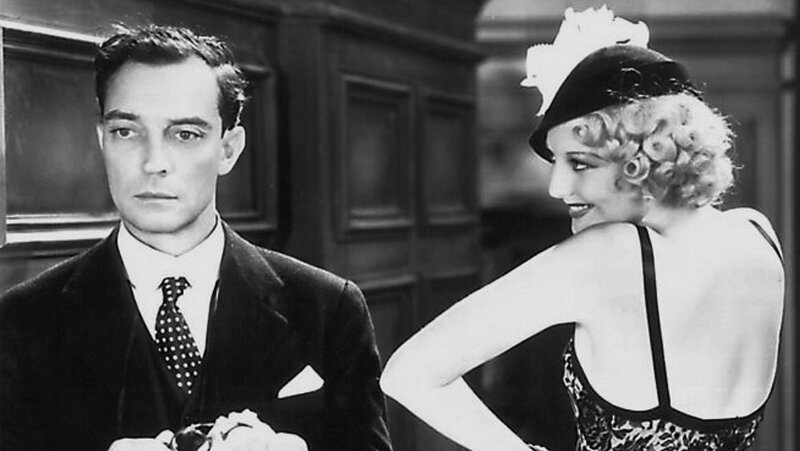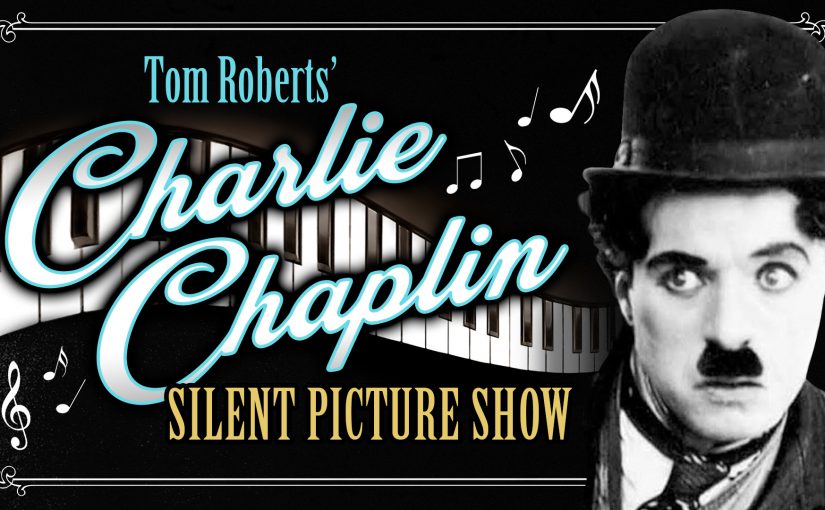In the annals of cinematic history, silent film icons stand as towering figures, their contributions shaping the very foundation of modern cinema. From the silent era’s inception in the late 19th century to its eventual decline in the 1920s, these pioneers laid the groundwork for the art form we cherish today. Join us on a journey through time as we unravel the captivating legacy of silent film icons.
The Birth of Silent Cinema: A Prelude to Innovation
The Lumière Brothers: Pioneers of Motion Pictures
The Lumière Brothers, Auguste, and Louis Lumière are credited with pioneering the art of motion pictures. In 1895, they astonished audiences with the first-ever projected film screening, marking the birth of cinema. Their short films, such as “Arrival of a Train at La Ciotat” and “Workers Leaving the Lumière Factory,” captivated viewers and laid the groundwork for future filmmakers.
Georges Méliès: Master of Cinematic Illusion
Georges Méliès, a visionary filmmaker known for his groundbreaking special effects and storytelling prowess, transformed cinema with his imaginative works. His iconic film, “A Trip to the Moon” (1902), remains a testament to his unparalleled creativity and innovation, enchanting audiences with its fantastical narrative and visual spectacle.
The Golden Age of Silent Cinema: A Flourishing Era of Creativity
Charlie Chaplin: The Tramp Who Conquered Hearts
Charlie Chaplin, synonymous with the iconic character of the Tramp, emerged as one of silent cinema’s most beloved figures. Through timeless classics such as “The Kid” and “City Lights,” Chaplin captured the essence of the human experience with humor, pathos, and unmatched charisma, leaving an indelible mark on the medium.
Buster Keaton: The Great Stone Face of Comedy
Buster Keaton, hailed for his stoic demeanor and daredevil stunts, carved out a niche for himself as a comedic genius during the silent era. Known for his acrobatic prowess and impeccable timing, Keaton’s films, including “The General” and “Steamboat Bill, Jr.,” continue to captivate audiences with their sheer ingenuity and cinematic brilliance.
The Enduring Legacy of Silent Film: Preserving a Vanishing Art Form
Film Restoration: Safeguarding Cinematic Heritage
Film restoration plays a pivotal role in preserving the legacy of silent cinema for future generations. Through meticulous efforts by archivists and preservationists, deteriorating film reels are salvaged, allowing audiences to experience these timeless treasures in all their original glory.
Silent Film Festivals: Celebrating Cinematic Heritage
Silent film festivals serve as vibrant celebrations of cinematic heritage, providing a platform for audiences to rediscover classic films and engage with the medium’s rich history. From screenings of restored classics to live musical accompaniments, these festivals breathe new life into silent cinema, ensuring its enduring relevance in the digital age.
Exploring the Legacy of Silent Film Icons
Silent film icons continue to inspire and influence contemporary filmmakers, their timeless contributions resonating across generations. As we explore the legacy of these pioneers, we are reminded of the transformative power of cinema and the enduring impact of those who dared to dream in silence.
FAQs
What defines silent cinema?
Silent cinema refers to the early era of filmmaking characterized by the absence of synchronized sound. During this period, films relied on visual storytelling, intertitles, and musical accompaniment to convey narrative.
Who were some prominent silent film directors?
Several directors made significant contributions to silent cinema, including D.W. Griffith, F.W. Murnau, and Sergei Eisenstein. Their innovative techniques and storytelling prowess helped shape the medium’s evolution.
How did silent film actors convey emotions without dialogue?
Silent film actors relied on facial expressions, body language, and exaggerated gestures to convey emotions effectively. Mastery of physicality was crucial in communicating with audiences without the use of spoken words.
What led to the decline of silent cinema?
The advent of synchronized sound, known as “talkies,” in the late 1920s marked the decline of silent cinema. Audiences embraced the novelty of sound films, leading to a rapid shift in the industry’s landscape.
Are silent films still relevant today?
Despite the technological advancements in filmmaking, silent films continue to captivate audiences with their timeless storytelling and visual artistry. They serve as a testament to the ingenuity of early filmmakers and the enduring power of cinema.
How can I experience silent cinema today?
Many silent films are available for viewing through online streaming platforms, DVD collections, and silent film festivals. Additionally, local theaters may host special screenings of silent classics with live musical accompaniment, providing an immersive cinematic experience.
Conclusion
In conclusion, Exploring the Legacy of Silent Film Icons offers a glimpse into the transformative power of cinema and the enduring legacy of its pioneers. Through innovation, creativity, and sheer determination, silent film icons paved the way for future generations of filmmakers, leaving an indelible mark on the medium’s history. As we reflect on their contributions, we celebrate not only their artistic achievements but also the timeless allure of silent cinema.
